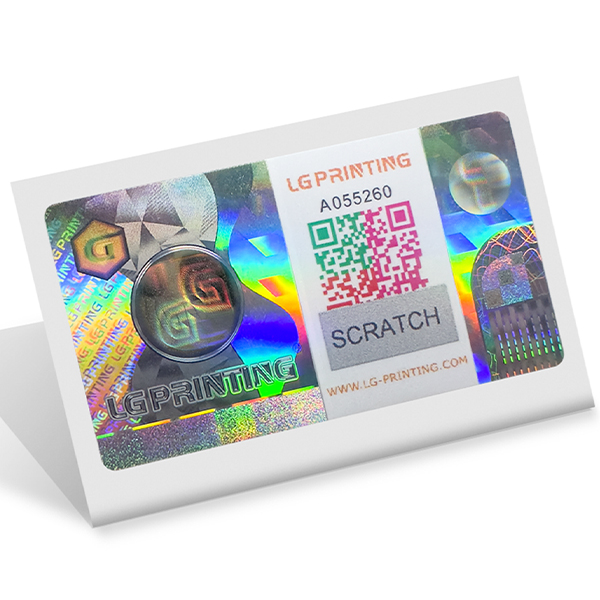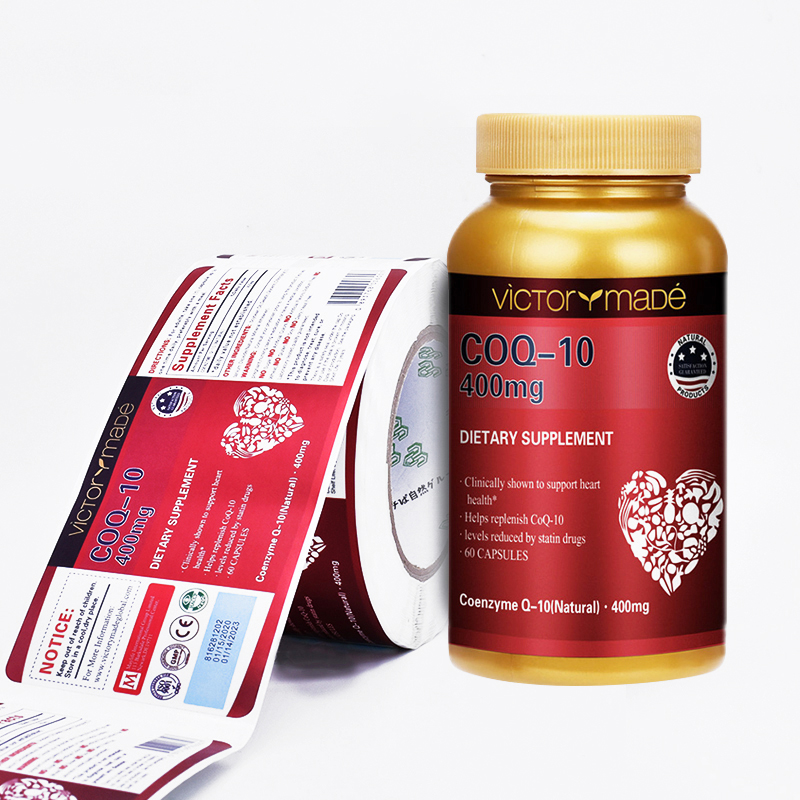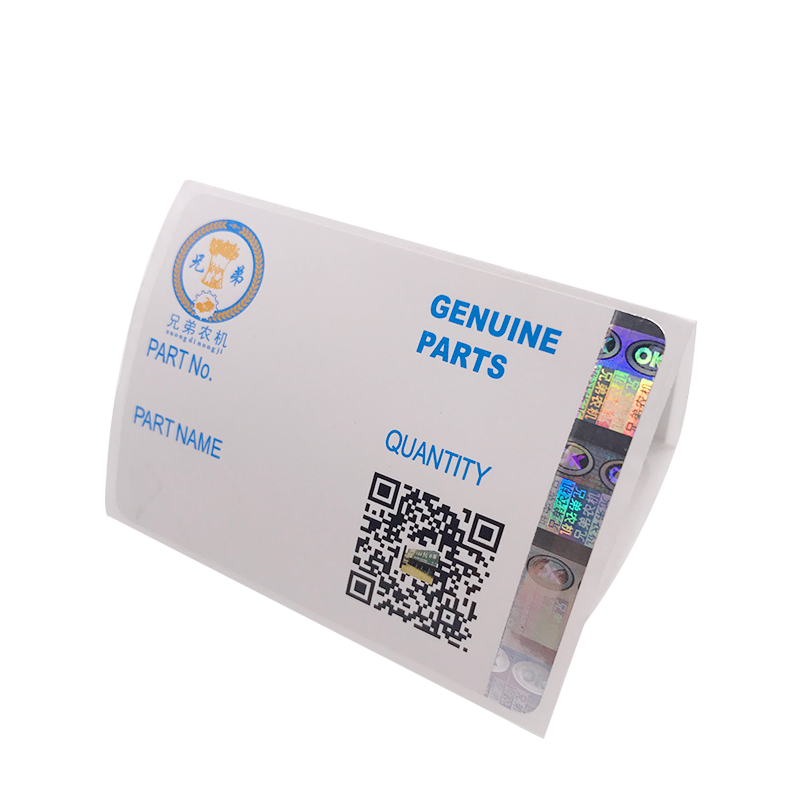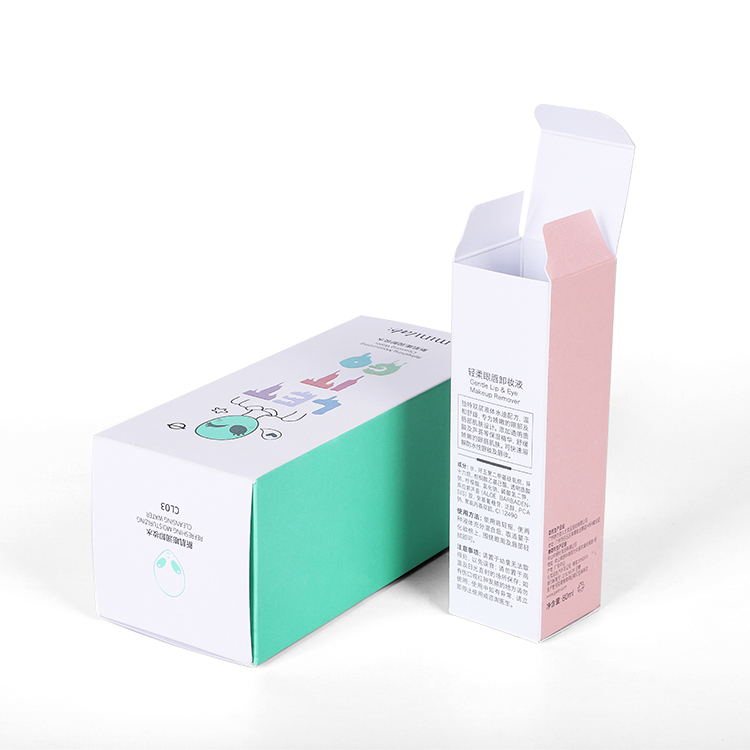In today's increasingly competitive market, the bottle label has evolved from a basic information tag into a powerful communication tool between brands and consumers. It is more than just packaging—it's a visual ambassador of brand value, a silent storyteller, and a strategic differentiator that enhances product recognition and consumer experience through innovative design and material technology.
1. Visualizing Brand Identity Through Bottle Labels
A bottle label serves as the visual expression of a brand's personality. Through carefully chosen colors, typography, and graphics, it conveys brand tone and positioning. For instance, premium mineral water brands often use pearlized films and cool tones to signal purity and sophistication, while creative beverage brands prefer matte paper labels with hand-drawn illustrations to highlight an artistic, indie feel. A well-executed bottle label can trigger brand recognition in just 0.3 seconds on a crowded retail shelf.
2. Enhancing Experience with Innovative Bottle Label Design
Modern bottle label design is moving beyond flat visuals:
- Structural Design: 3D bottle labels create a memorable tactile experience. For example, a craft beer brand uses embossed wheat textures to evoke natural ingredients.
- Interactive Features: Incorporating NFC chips or AR elements enables consumers to scan the label and access immersive content such as brewing videos, transforming the bottle label into a multimedia gateway.
- Dynamic Effects: Thermochromic inks allow labels to change color with temperature, adding surprise and delight to every use.
3. Material Innovation Empowering Bottle Labels
Material choices determine both function and feel. Today's bottle labels are benefiting from cutting-edge advancements:
- Protective Materials: Heat-shrinkable film labels offer 360° product coverage and anti-counterfeiting benefits—ideal for premium spirits.
- Eco-Friendly Materials: Biodegradable plant-based labels align with Gen Z's sustainability values. One mineral water brand saw a 23% increase in sales after switching to FSC-certified materials.
- Smart Labels: Integrated humidity sensors allow pharmaceutical labels to monitor environmental conditions and send real-time data to consumers' smartphones.
4. User-Centric Details in Bottle Label Design
Exceptional bottle label design embraces user experience at every touchpoint:
- Ergonomic Fit: Segmenting labels on curved bottles avoids visual distortion and improves legibility.
- Tactile Comfort: Matte textures enhance grip and usability. Rounded edges on baby formula labels protect sensitive hands from scratches.
- Layered Information: Differentiating core details (e.g., ingredients) from secondary info (e.g., QR codes) using color contrast improves reading speed by 40%.
5. Sustainable Bottle Labels: A Market Imperative
With 68% of global consumers willing to pay more for eco-conscious products, sustainable bottle labels are no longer optional—they're a competitive necessity:
- Material Breakthroughs: Seaweed-based labels biodegrade in seawater within 28 days.
- Eco-Friendly Printing: Water-based inks reduce VOC emissions by up to 70%.
- Recyclable Solutions: Removable label adhesives enable up to 95% glass bottle recycling efficiency.
From a passive carrier of information to a strategic value interface, the evolution of the bottle label mirrors the progression of modern commerce. As digital printing, biomaterials, and smart packaging continue to evolve, the bottle label is set to become an intelligent, interactive, and sustainable touchpoint—transforming every bottle into a platform for storytelling and connection.




